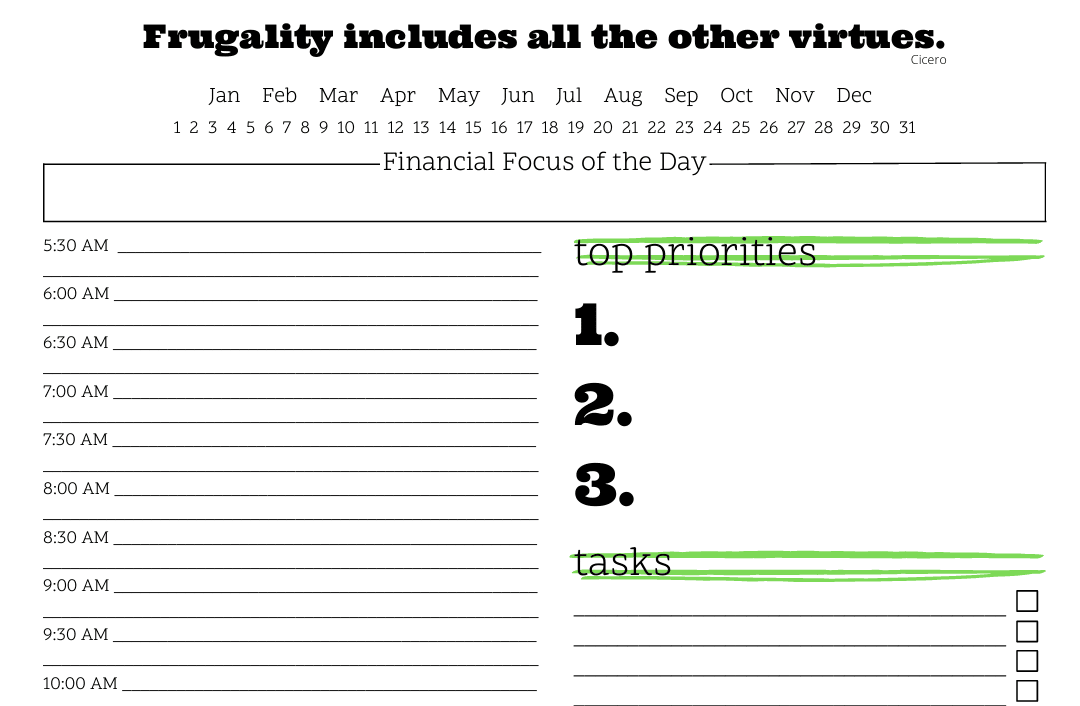This article may contain references to products or services from one or more of our advertisers or partners. We may receive compensation when you click on links to those products or services. Nonetheless, our opinions are our own.
Key Highlights
- Learn about part-time jobs and their benefits, such as flexibility and better work-life balance.
- Prepare for part-time work by identifying the right opportunities and tailoring your resume.
- Discover strategies to balance work and personal life through effective time management and clear communication.
- Get answers to FAQs about part-time jobs, including benefits, career growth, and flexible hours.
- Find actionable tips to excel in a part-time job while maintaining a fulfilling lifestyle.
Introduction
Achieving a healthy work-life balance is a priority for many. Part-time jobs can make this goal more attainable by offering flexible schedules tailored to personal needs. Whether you’re a student, a parent, or simply looking for more balance, part-time work can create opportunities to thrive professionally and personally. This guide explores part-time jobs and provides practical advice to help you find the right balance.
Understanding Part-Time Work
What is Part-Time Work?
Part-time jobs offer fewer hours than full-time roles, typically averaging 35 hours or less per week, according to the Bureau of Labor Statistics (BLS). However, there is no universal legal definition, and the number of hours often depends on the employer’s policies or industry standards.
For example, the Affordable Care Act (ACA) considers employees working 30+ hours per week eligible for health insurance benefits from 50+ employers. Before accepting a part-time position, clarify the employer’s definition of part-time work and confirm any available benefits.
Key Benefits of Part-Time Jobs
Part-time work is not just for students or retirees anymore—it appeals to people across various demographics. The benefits include:
- Flexibility: Adjust your work hours to fit your lifestyle.
- Improved Work-Life Balance: More time to focus on personal well-being, family, or hobbies.
- Skill Building: Gain experience and develop new competencies for career growth.
- Supplementary Income: Earn additional money without committing to full-time hours.
- Reduced Stress: Lower responsibilities compared to full-time roles.
Preparing for Part-Time Employment
Setting Goals for Part-Time Work
Before diving into part-time opportunities, reflect on your priorities:
- Are you seeking flexibility to pursue hobbies or education?
- Do you need additional income to meet financial goals?
- Are you exploring a new industry or looking to gain specific skills?
Understanding your goals will help you focus on opportunities that align with your needs.
Resources for Job Seekers
Use online platforms like LinkedIn, Indeed, and ZipRecruiter, which offer extensive part-time job listings. Networking is also crucial—attend industry events, join professional groups, and leverage your contacts to discover hidden opportunities. Tailor your resume and cover letter to highlight skills relevant to part-time roles.
Finding Balance: A Step-by-Step Guide
Achieving a work-life balance with part-time employment requires strategic planning and effective communication. Here’s how to make it work:
Step 1: Manage Your Time
- Prioritize Tasks: List weekly professional and personal responsibilities and allocate time for each.
- Use Tools: Digital calendars and scheduling apps can help you stay organized.
- Be Realistic: Avoid over-committing—know your limits and build time for rest.
Step 2: Communicate Effectively
- With Employers: Set clear expectations regarding availability and workload. Be honest about time limitations and address potential conflicts proactively.
- With Family: Share your work schedule and plan family time to ensure alignment.
Step 3: Address Challenges
- Part-time work may involve fewer benefits or less job security. Discuss options with employers to understand eligibility for benefits like health insurance or paid time off. If benefits are limited, consider supplemental options, such as private insurance.
Step 4: Invest in Personal Growth
- Enroll in online courses, attend workshops, or obtain certifications to advance your skills. These steps will make you more competitive in your field and prepare you for future opportunities.
Maximizing Professional Opportunities
Networking and Skill Development
Leverage your part-time job to network with professionals in your industry. Participate in workplace training and look for mentorship opportunities. Even in a part-time capacity, gaining hands-on experience can lead to career growth.
Transitioning to Full-Time Work
If you aim to transition into a full-time role, demonstrate your value by exceeding expectations in your part-time position. Communicate your career aspirations to your manager, and seek additional responsibilities that align with company goals.
Conclusion
Balancing work and life with a part-time job is achievable with thoughtful planning and effective communication. By setting realistic expectations, managing your time wisely, and investing in personal and professional growth, you can maximize the benefits of part-time employment. Stay proactive, regularly evaluate your goals, and embrace new opportunities. Part-time work can be a stepping stone to a fulfilling career and lifestyle with the right approach.
Frequently Asked Questions
How can I find part-time jobs with flexible hours?
Search online using “flexible schedule” or “remote part-time jobs.” Industries like customer service, freelancing, and tutoring often offer flexible roles.
Are benefits available for part-time workers?
Some employers provide benefits such as health insurance, especially if you work 30+ hours per week. Verify the benefits offered by the employer before accepting a job.
Can part-time work lead to full-time opportunities?
Yes! Demonstrating your skills and commitment in a part-time role can lead to full-time opportunities. Express your interest in advancing within the company.
How can I manage stress while working part-time?
Practice stress-management techniques like exercise and meditation. Use time management tools to organize tasks, and don’t hesitate to seek support from family and friends.

Reviewed and edited by Albert Fang.
See a typo or want to suggest an edit/revision to the content? Use the contact us form to provide feedback.
At FangWallet, we value editorial integrity and open collaboration in curating quality content for readers to enjoy. Much appreciated for the assist.
Did you like our article and find it insightful? We encourage sharing the article link with family and friends to benefit as well - better yet, sharing on social media. Thank you for the support! 🍉
Article Title: Working Part Time: How to Balance Work and Life
https://fangwallet.com/2024/12/25/working-part-time/The FangWallet Promise
FangWallet is an editorially independent resource - founded on breaking down challenging financial concepts for anyone to understand since 2014. While we adhere to editorial integrity, note that this post may contain references to products from our partners.
The FangWallet promise is always to have your best interest in mind and be transparent and honest about the financial picture.
Become an Insider

Subscribe to get a free daily budget planner printable to help get your money on track!
Make passive money the right way. No spam.
Editorial Disclaimer: The editorial content on this page is not provided by any of the companies mentioned. The opinions expressed here are the author's alone.
The content of this website is for informational purposes only and does not represent investment advice, or an offer or solicitation to buy or sell any security, investment, or product. Investors are encouraged to do their own due diligence, and, if necessary, consult professional advising before making any investment decisions. Investing involves a high degree of risk, and financial losses may occur including the potential loss of principal.
Source Citation References:
+ Inspo












































